India’s Most Famous Trees: Here’s a look at the green guardians of our planet

From the majestic banyan to the revered bodhi tree, India is home to some of the world’s most iconic and historically significant trees. These trees, revered for their cultural and religious significance, also offer practical benefits that are crucial for environmental sustainability. This is a compilation of some of India’s most famous trees, our wise green friends.
Guardians of Our Planet
Trees are the guardians of our planet, providing shelter, shade, and oxygen. In India, they hold a special place in the country’s cultural and religious heritage, with many of them considered sacred. This unique combination of cultural reverence and ecological importance underscores the biggest perk of India’s most famous trees. Here’s a look at some of India’s most famous trees.
The Great Banyan Tree, Kolkata
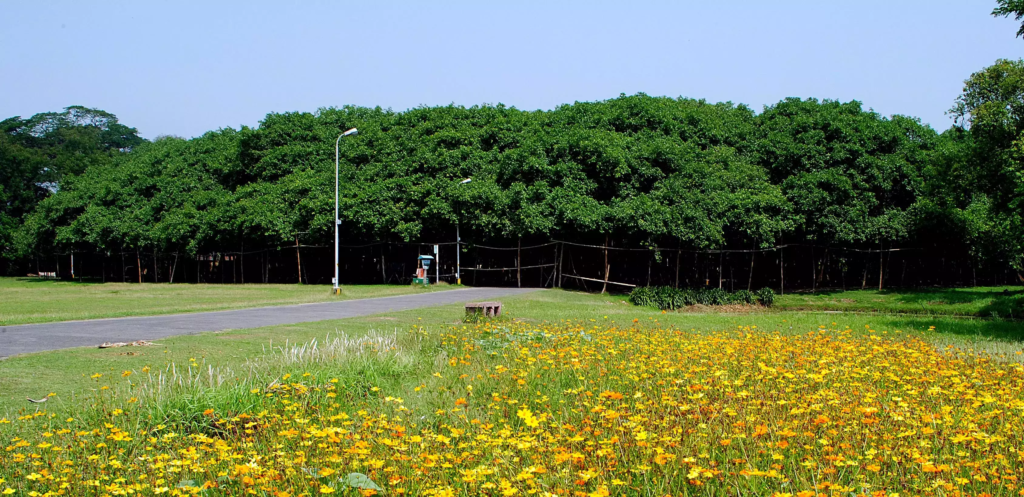
One of the most celebrated trees is the Great Banyan Tree in Kolkata. This banyan has been growing for over 250 years in the Acharya Jagadish Chandra Bose Indian Botanic Garden. Covering 3.5 acres, it’s one of the largest trees globally by canopy coverage. The banyan’s aerial prop roots grow vertically downward, forming additional trunks that fuel its growth. “India’s most famous trees’ biggest perk” is exemplified by this tree’s ability to create extensive ecosystems and provide habitats for numerous species.
Living Roots Bridge, Meghalaya
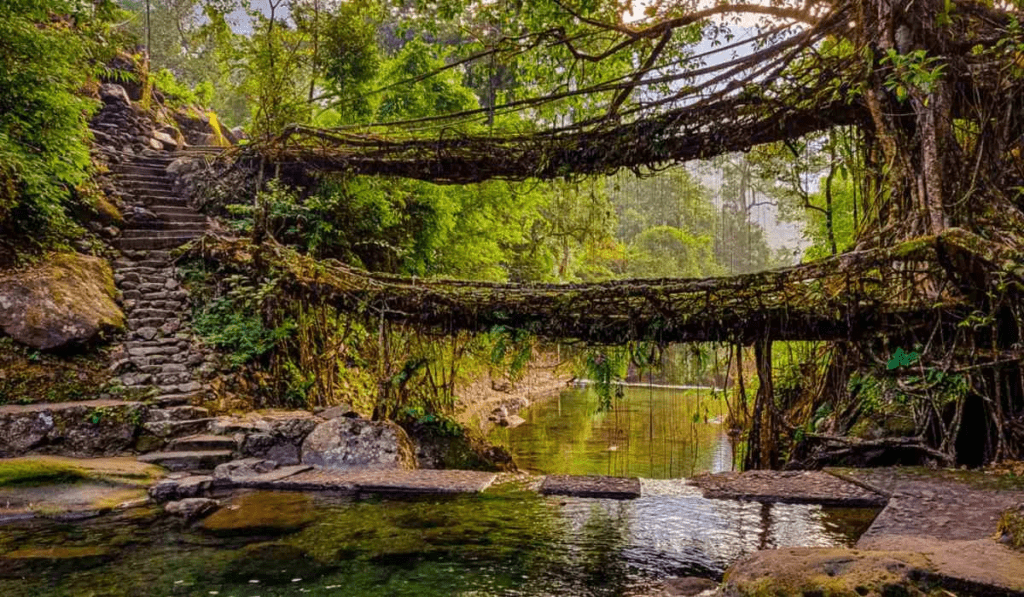
In the dense forests of Meghalaya, the Living Roots Bridges showcase India’s innovative use of natural resources. These bridges, made from the roots of the Ficus elastica tree, are trained over decades by local communities to form natural bridges across rivers and streams. This sustainable and eco-friendly infrastructure highlights “India’s most famous trees’ biggest perk” – their role in fostering human ingenuity and resilience.
Tree Classrooms, Shantiniketan, West Bengal

Shantiniketan, established by Rabindranath Tagore, is renowned for its open-air classrooms under the shade of trees. Students at Visva-Bharati University often study in these natural settings, emphasizing the biggest perk of India’s most famous trees – their nurturing and serene environment conducive to learning and reflection.
Sacred Bodhi Tree, Gaya

The Sacred Bodhi Tree in Gaya is believed to be a direct descendant of the original Bodhi Tree under which Siddhartha Gautama attained enlightenment. This revered pilgrimage site for Buddhists around the world, located at the Mahabodhi Temple Complex in Bodh Gaya, Bihar, underscores “India’s most famous trees’ biggest perk” – their profound spiritual significance.
Semal Tree near Vivekananda Statue, Gateway of India, Mumbai
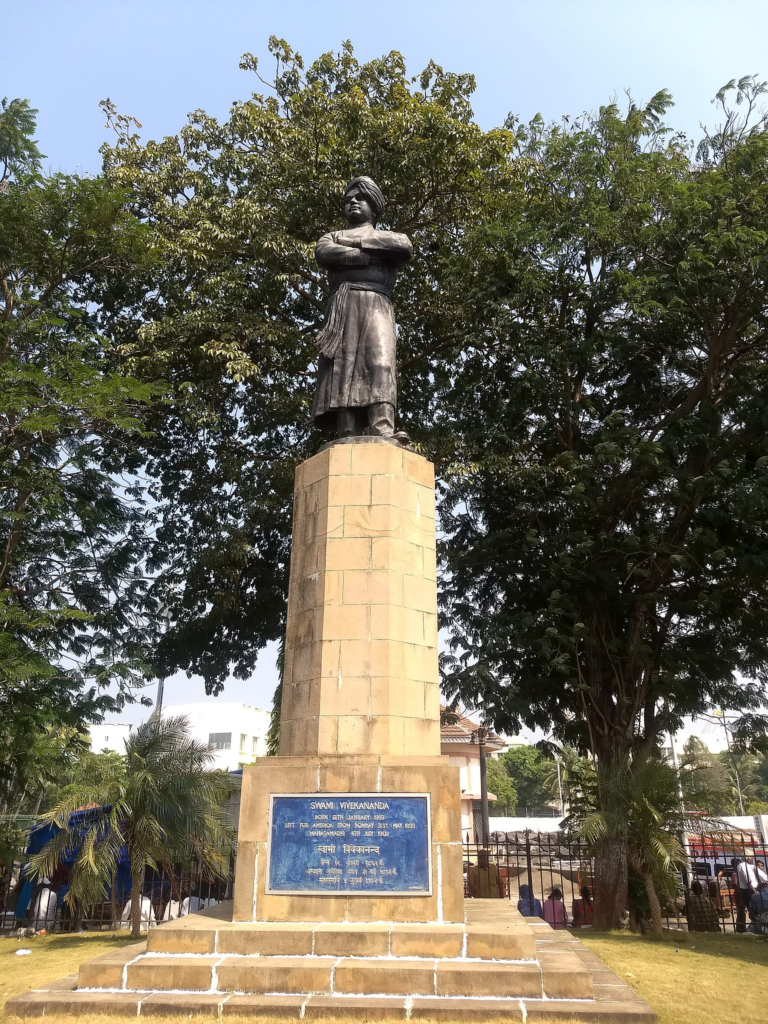
Standing tall beside the statue of Swami Vivekananda, the Semal Tree at the Gateway of India in Mumbai is known for its bright red flowers that bloom annually. This iconic tree is a popular spot for locals and tourists, demonstrating “India’s most famous trees’ biggest perk” – their ability to enhance urban aesthetics and provide communal gathering spaces.
Rai Jamun Trees, Delhi

The Rai Jamun trees surrounding the iconic India Gate in Delhi offer shade and enhance the area’s beauty. Known for their tasty fruits, these trees are an integral part of Delhi’s history and urban landscape. They epitomize “India’s most famous trees’ biggest perk” by contributing to the city’s green cover and historical charm.
Trees of Manali’s City Forest
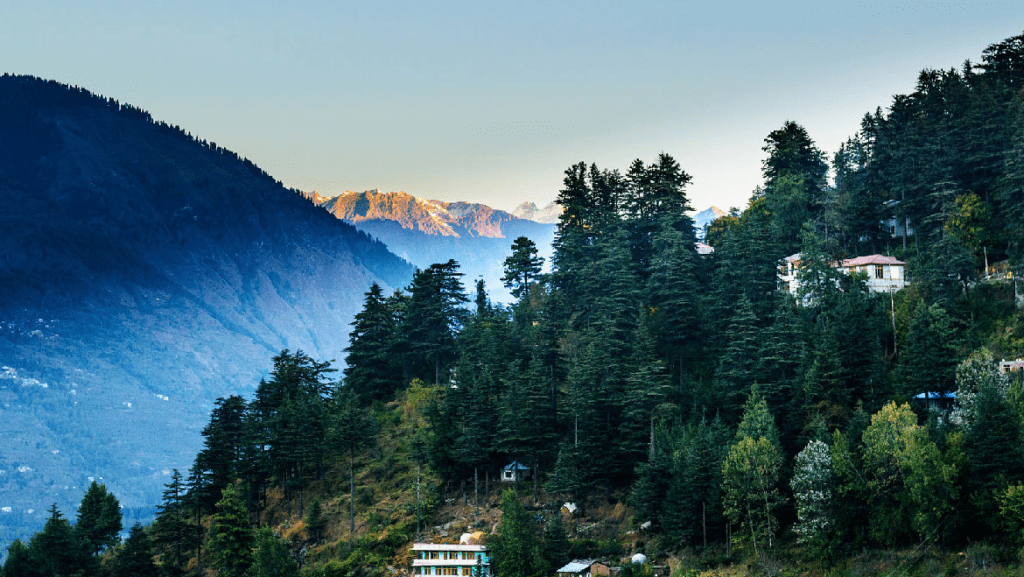
Manali’s City Forest is a lush haven for nature lovers, home to species like deodar, pine, and oak. The forest’s diverse tree population provides a tranquil retreat for visitors, emphasizing “India’s most famous trees’ biggest perk” – their role in preserving biodiversity and offering serene natural escapes.
Giant Ceiba Tree, Lal Bagh, Bengaluru
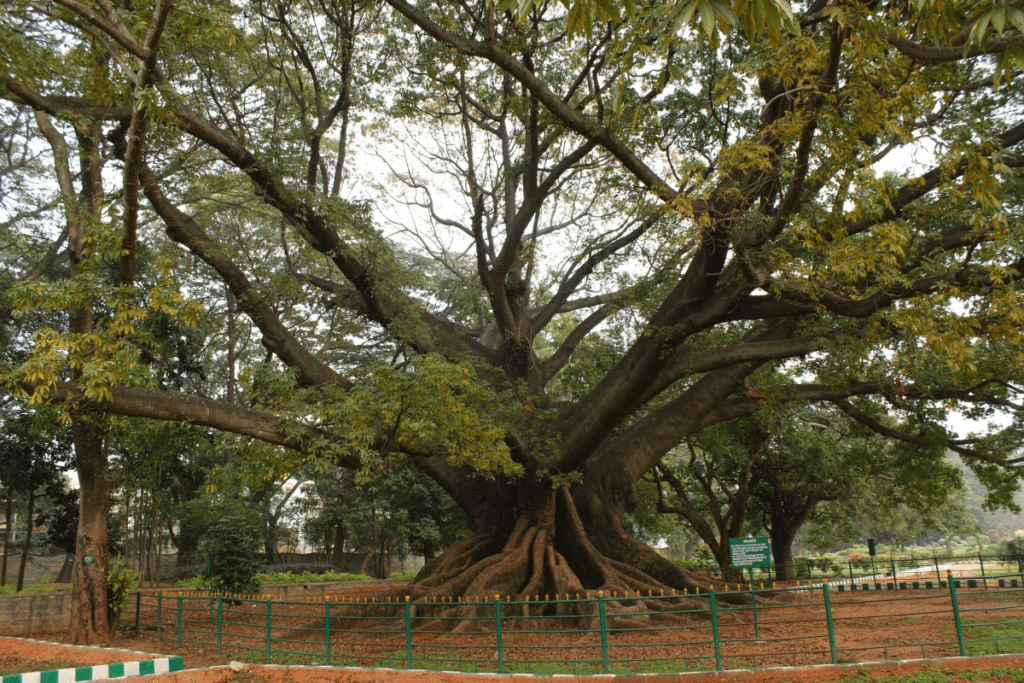
The 240-year-old Giant Ceiba Tree in Bengaluru’s Lal Bagh botanical garden is a landmark known for its massive trunk and sprawling canopy. A popular spot for picnics and photography, this tree highlights “India’s most famous trees’ biggest perk” – their ability to create communal and recreational spaces.
From the Great Banyan Tree to the Giant Ceiba Tree, these trees are not just historical and cultural icons but also crucial contributors to environmental sustainability and human well-being. These trees embody the biggest perk of India’s rich natural heritage: their capacity to support ecosystems, provide cultural and spiritual value, and enhance the quality of life for future generations.









